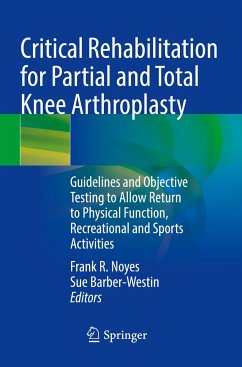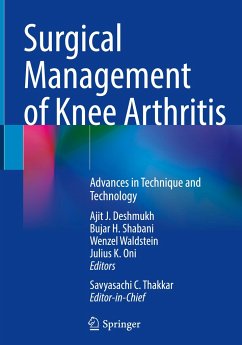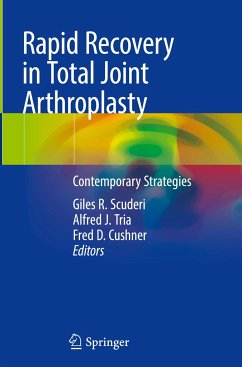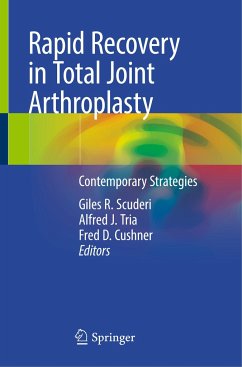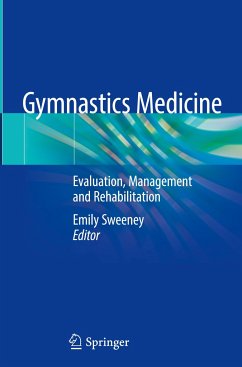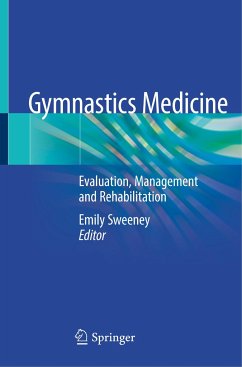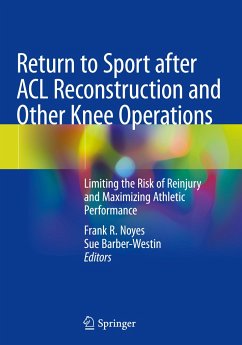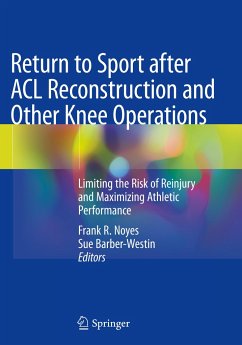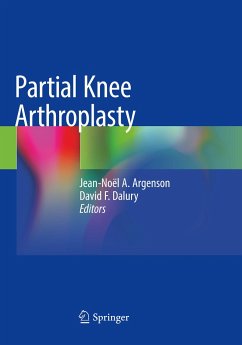
Critical Rehabilitation for Partial and Total Knee Arthroplasty
Guidelines and Objective Testing to Allow Return to Physical Function, Recreational and Sports Activities
Herausgegeben: Noyes, Frank R.; Barber-Westin, Sue

PAYBACK Punkte
56 °P sammeln!
Total knee arthroplasty (TKA) is a frequently performed operation - in the U.S. alone, 5.2 million TKAs were performed from 2000-2010 - and partial (unicompartmental) knee arthroplasty (UKA) is another common operation that is done in younger, active individuals. Many patients require knee arthroplasty from osteoarthritis that develops after sports injuries or decades of participation in athletics. While much has been written regarding technical surgical details of arthroplasty, there is comparably little available on critical rehabilitation principles and guidelines that allow return to norma...
Total knee arthroplasty (TKA) is a frequently performed operation - in the U.S. alone, 5.2 million TKAs were performed from 2000-2010 - and partial (unicompartmental) knee arthroplasty (UKA) is another common operation that is done in younger, active individuals. Many patients require knee arthroplasty from osteoarthritis that develops after sports injuries or decades of participation in athletics. While much has been written regarding technical surgical details of arthroplasty, there is comparably little available on critical rehabilitation principles and guidelines that allow return to normal physical function, as well as recreational and sports activities.
Filling this gap in the literature, this group of internationally recognized surgeons and therapists discusses all aspects of critical rehabilitation following both partial and total knee replacement, including:
Filling this gap in the literature, this group of internationally recognized surgeons and therapists discusses all aspects of critical rehabilitation following both partial and total knee replacement, including:
- Advances in surgical techniques for robotic computer-navigated knee arthroplasty
- Effects of preoperative rehabilitation and nutrition on postoperative function
- Specific rehabilitation principles to avoid complications and return to daily activities
- Advanced physical therapy concepts to return to recreational and sports activities
- Objective testing to determine strength and physical function in the arthroplasty athlete
- Recommended guidelines for recreational and sports activities
- Key factors for achieving high patient satisfaction and quality of life after surgery



